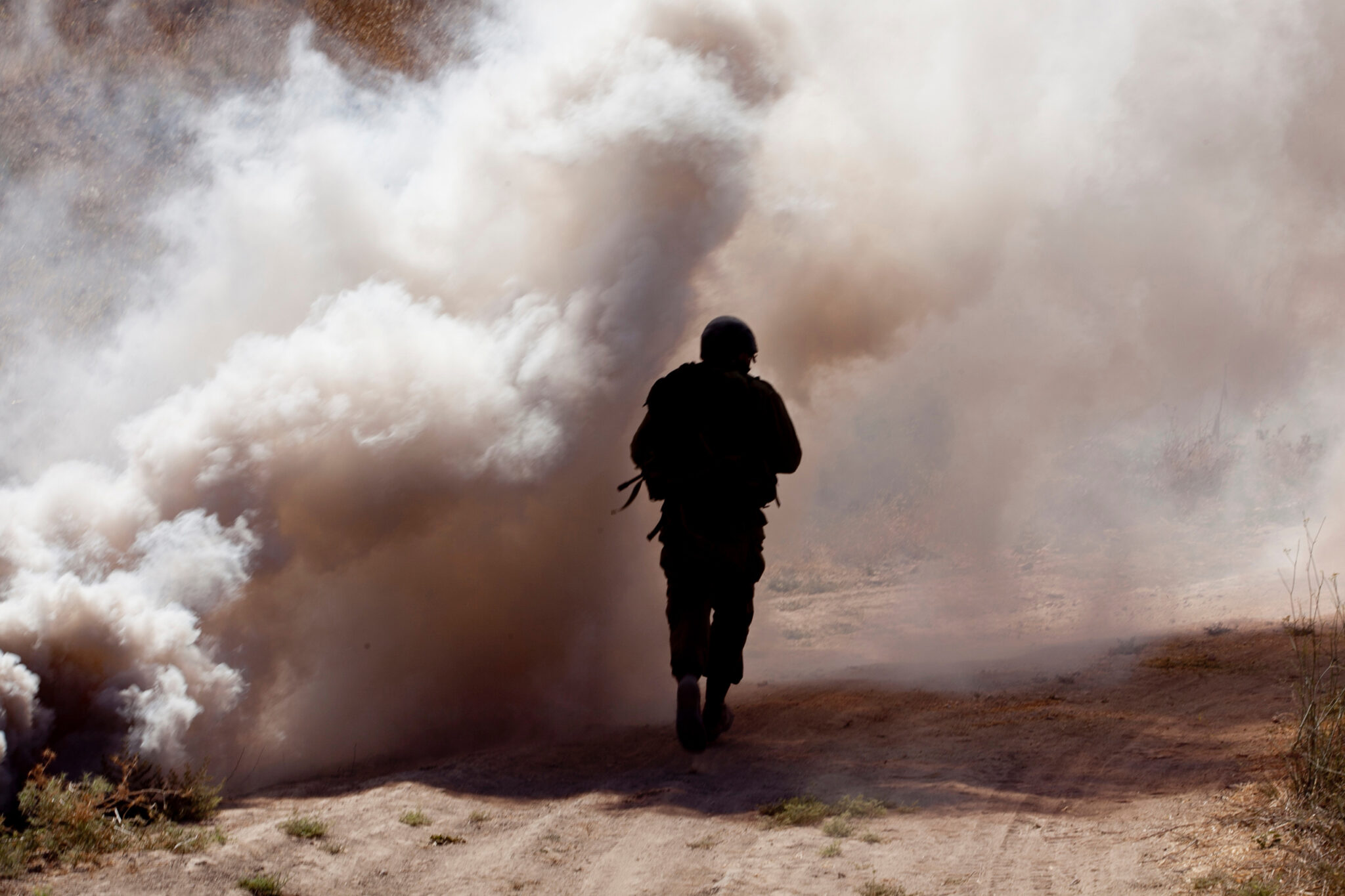Asbestos Poisoning and Veterans
Veterans of the U.S. military have a higher risk of asbestos poisoning caused by toxic exposure during their service. Years or decades after inhaling or swallowing the dangerous particles, some people develop symptoms of poisoning. Early warning signs of asbestos-caused diseases usually include trouble breathing, cough, or nail “clubbing.”

US Veterans at Risk of Asbestos Poisoning
U.S. veterans are at risk of asbestos poisoning. Usually, the risk stems from exposure during their military service. In fact, one in three mesothelioma diagnoses (the primary disease linked to asbestos exposure) occurs among vets. Working on ships or automobiles significantly increased servicemembers’ risk of asbestos-caused cancers.
Asbestos poisoning is the early death of body tissues or an individual caused by toxic exposure.
Many types of chemicals once used to manufacture military products are poisonous to humans. For instance, some soldiers suffered lead and benzene poisoning from firing ranges and military bases. Similarly, asbestos poisoning is a risk from exposure on bases across every branch of the military as well as certain types of jobs.
When servicemembers breathe in or swallow airborne asbestos, it travels deep into the respiratory or digestive system before getting trapped in organ tissues. Currently, there is no way to take the toxin out of the body.
Risk Factors for Asbestos Poisoning
Certain risk factors increased servicemembers’ chance of being poisoned by asbestos exposure. The tiny particles can hang in the air for several days after construction or maintenance on brake parts, contaminated cement, pipes, electrical wiring, and more. Furthermore, each branch used asbestos in a variety of ways.
Navy
The U.S. Navy used asbestos more than any other branch to fireproof many parts of ships, submarines, aircraft, and buildings. The Navy’s widespread use of the carcinogen puts countless vets at risk of asbestos poisoning. Subsequently, Navy veterans file more mesothelioma lawsuits than any other branch of service.
Marine Corps
Veterans of the U.S. Marine Corps may have been exposed to asbestos aboard Navy ships, on contaminated bases, or in areas with damaged and crumbling buildings. Some vets were exposed during maintenance on vehicles with asbestos-containing parts.
Army
Many U.S. Army bases were constructed with insulation asbestos throughout. Over the years, barracks, dining halls, and recreational facilities have undergone asbestos testing and abatement.
Air Force
U.S. Air Force planes and vehicles were often made with insulation coating around wires and parts with high friction. Handling these components increased vets’ risk of asbestos poisoning.
Coast Guard
In 1991, the U.S. Coast Guard informed current and former servicemembers of past exposure risk to those aboard cutters. Similarly, the Coast Guard has renovated many of its marine vessels and bases to remove the toxin.
High-risk Jobs
Jobs that put servicemembers at risk before the 1980s include:
- Automotive mechanic and tech
- Aviation mechanic and tech
- Demolition and construction
- Electrician
- Firefighter
- Longshoremen
- Painter
- Pipe and boiler maintenance
- Plumber
- Shipbuilding
First Signs and Long-term Symptoms
Asbestos poisoning, unlike benzene poisoning, takes a long time to develop and cause symptoms. The first signs of asbestos poisoning may not appear for up to 40 years after hazardous exposure.
Warnings signs include symptoms like:
- Dry cough that lasts longer than 8 weeks
- Feeling tired, even if you get enough sleep
- Shortness of breath
- Swollen fingertips or “clubbed” nails
- Wheezing or hoarse voice
Usually, asbestos-related diseases take at least 5 years to cause noticeable health effects. However, illnesses like mesothelioma cancer tend to advance quickly once symptoms start. Consequently, tumors spread beyond the lining of major organ cavities to affect vital, life-sustaining systems. For instance, people may have a hard time breathing or cough up blood if poisoning damages the throat or lungs.
Long-term health effects of asbestos poisoning include:
- Asbestosis (pulmonary fibrosis)
- Colon cancer
- Larynx cancer
- Lung cancer
- Mesotheliomas
- Ovarian cancer
- Pharynx cancer
- Pleural effusion
- Pleural plaques
- Rectal cancer
- Stomach cancer
- Weakened immune system
Diagnosis and Prognosis
If you have symptoms of asbestos poisoning, talk with a doctor about your health at your earliest convenience. To diagnose the problem, your doctor will ask about your work history and any possible toxic exposure. During this conversation, they’ll probably perform a physical exam of your chest, stomach, back, arms, and groin. A physical exam often checks for growing tumors and excess fluid buildup.
Other diagnostic tests for asbestos poisoning include:
- Biopsy
- Blood tests
- MRI
- Lung function tests
- X-ray
Unfortunately, the prognosis for most asbestos-linked illnesses is poor. Once they enter the body, the mineral’s tiny fibers cannot be removed. Diagnosing asbestos poisoning early is the best method for successfully treating it.
Treatment
Treatment for asbestos poisoning depends on the specific diagnosis a patient receives. Also, the patient’s goals (to try to cure the disease or to ease painful symptoms) and financial ability determine the course of treatment. For some patients, only palliative therapies may be available.


